
APAI
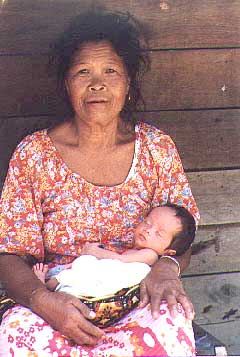
MAK MINAH & AHAU
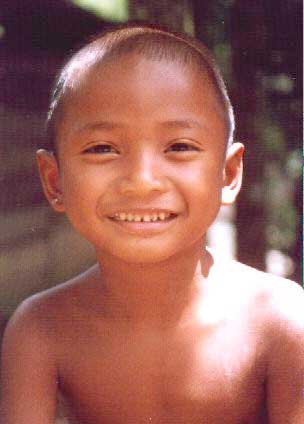

APAI |

MAK MINAH & AHAU |

THE LATE PENENGAH & PIAH |

LUMOH & THE LATE NADI |
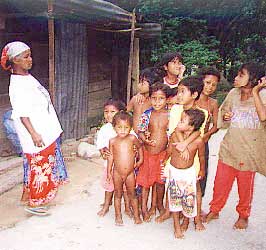
MAK AWA & KIDS (photo by Harry Friedlander) |

PAK KISING & GRANDSON |

PAK UTIH |

UJA LAHAI |
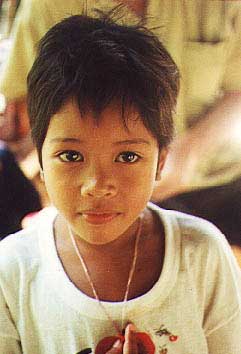
TITIT |

SIBIN AUS |

RASID AUS |

SEMBO (photo by Colin Nicholas) |

MAYE |
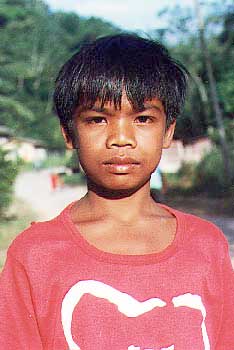
HAWA |

PIAH AGOK |

HALUS |
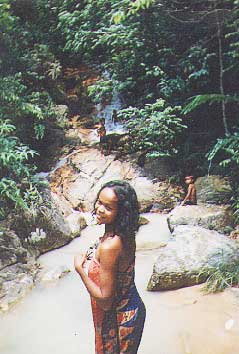 
ANOORA & AHAU: Jungle Princess & Pleiadian Star Commander! 
PELENG IN THE RIVER (photo by Colin Nicholas) |
HOME | ARCHIVE | INDEX | AKAR UMBI | TOP | DAM ALERT | GUESTBOOK